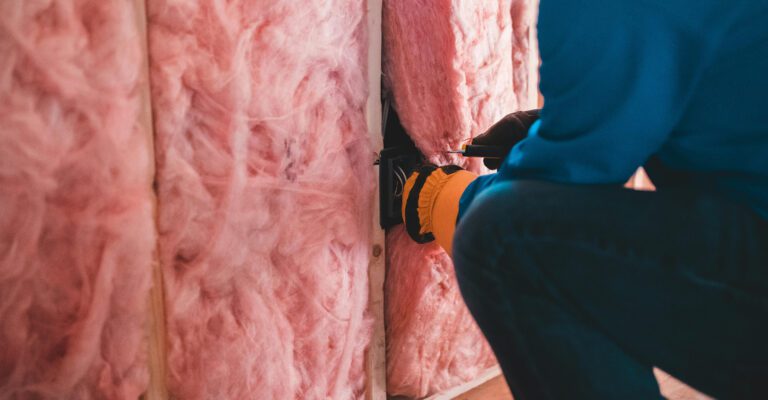
Are you tired of those pesky drafts and high energy bills during the chilly winter months? Well, there’s a superhero in the world of home comfort, and it goes by the name “insulation.” But wait, before you invest in an insulation project, there’s an important term you should get to know: R-values. In this blog, we’ll break it down for you, no fancy jargon required!
What Are R-Values?
R-values might sound like a secret code, but they’re actually quite simple. Think of them as a superhero’s strength level – the higher, the better. In the world of insulation, R-values measure how effective a material is at resisting heat flow. In simple terms, they tell you how good your insulation is at keeping the heat inside during winter and the heat outside during summer.
How Do R-Values Impact Insulation?
Now, let’s get to the nitty-gritty. When it’s cold outside and toasty inside, your insulation’s job is to be the barrier that says, “No, you can’t come in, cold air!” This is where R-values come into play. The higher the R-value, the better your insulation keeps the cold air out and the warm air in.
In hot weather, it’s like your insulation telling the scorching sun, “Sorry, you can’t make my home a sauna today!” So, if you’re dreaming of a cozy, energy-efficient home, R-values are your sidekick.
Choosing the Right R-Values for Your Home
Now that you know what R-values are, the big question is: How do you choose the right one for your home? Well, the answer isn’t one-size-fits-all. Different areas of your home may need different R-values. Let’s take a deeper look:
- Attic: This is a hotspot for heat loss. Aim for R-38 to R-60 for the attic to keep your home snug.
- Walls: Depending on your climate, consider R-13 to R-21 for exterior walls.
- Floors: If you have a crawl space or basement, R-25 to R-30 is a good target for floor insulation.
- Windows and Doors: Don’t forget about these! Quality windows and doors with good insulation properties are essential.
- Climate Matters: Where you live matters too. If you’re in a colder area, you’ll want higher R-values.
- Budget: Of course, your budget plays a role. Higher R-values usually come with a higher price tag, so find a balance that works for you.
In the world of home insulation, R-values are your trusty sidekick. They determine how well your insulation can stand up to the heat (or cold). Choosing the right R-value for each area of your home is like finding the perfect costume for your superhero.
So, whether you’re battling winter’s chill or the summer heat, understanding R-values is your secret weapon. Armed with this knowledge, you’ll be well on your way to a cozier, more energy-efficient home. Say goodbye to drafts and high bills – insulation R-values have got your back!
Contact us today to discuss which R-values are right for your home and budget.






